- Home
- slideshows
- miscellaneous
- Chernobyl's 'sarcophagus' is getting dismantled because it's teetering on collapse. Photos reveal the structure's rise and fall.
Chernobyl's 'sarcophagus' is getting dismantled because it's teetering on collapse. Photos reveal the structure's rise and fall.
On April 26, 1986, an explosion and fire at the Chernobyl Nuclear Power Plant spewed plumes of radioactive materials into the air.

Less than two months after the disaster, Soviet cleanup workers scrambled to build a "sarcophagus," or massive covering, to contain the debris.
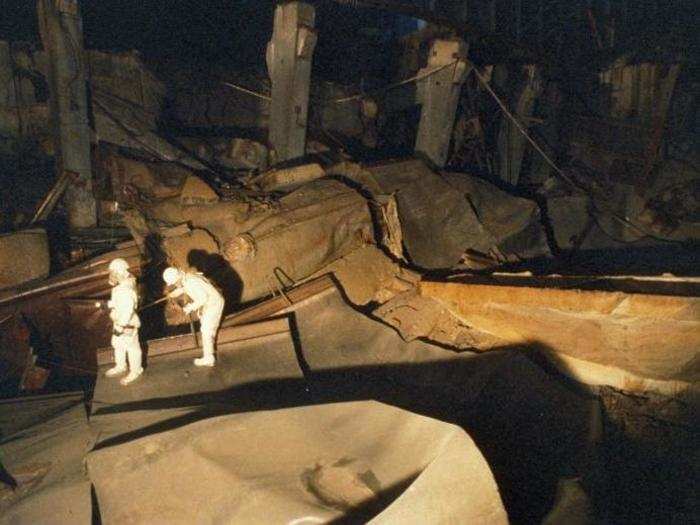
Around 600,000 workers were involved in building the sarcophagus around the downed fourth reactor, which contained about 220 tons of radioactive material.
The covering was designed to be sturdy — it relied on 400,000 cubic meters of concrete and about 16 million pounds of steel.
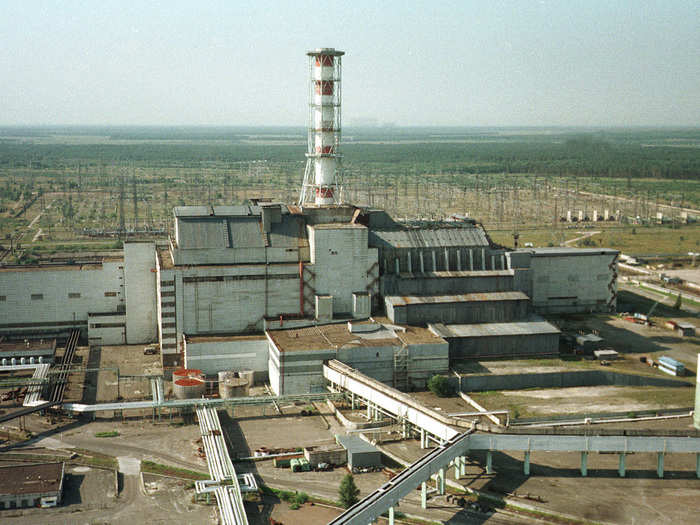
Works bored holes into the sides of the covering so that they could observe the core without going near it. Filters in the holes prevented radiation from escaping into the atmosphere.
The hasty construction took seven months.
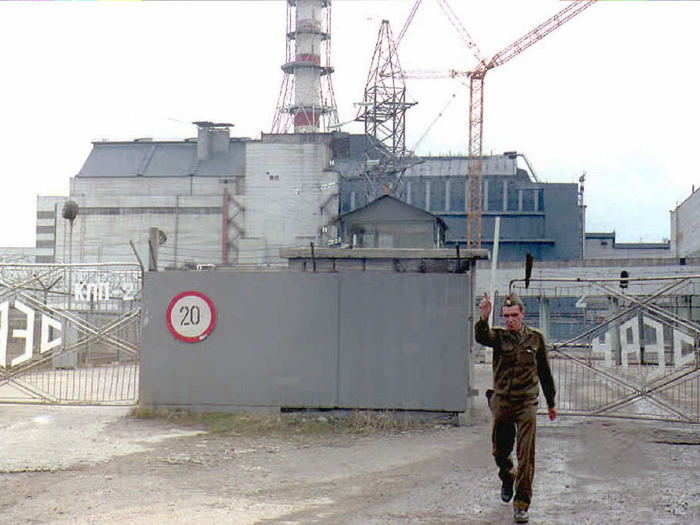
As workers tried to contain the damage without getting hurt, they failed to seal off the building's joints. They also left openings in the ceilings, which allowed water to enter and corrosion to set in.
The process exposed many workers to dangerous levels of radiation.
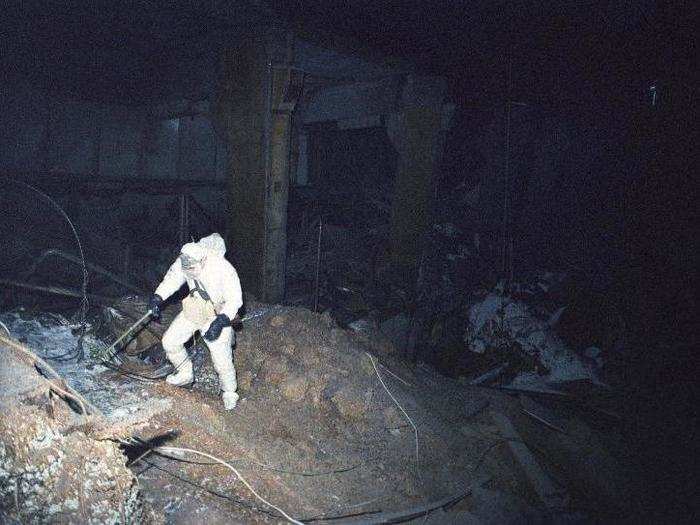
At least 31 people died of acute radiation sickness.
In 1988, Soviet scientists revealed that the sarcophagus had only been designed to last for 20 to 30 years.
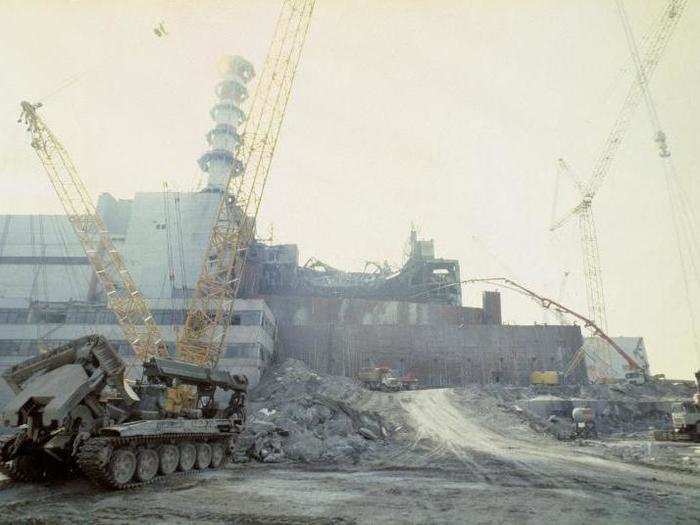
A decade later, workers tried to re-secure the roof beams to stabilize the shelter.
After the fall of the Soviet Union, the Ukrainian government launched an international design competition to come up with potential replacements for the sarcophagus.
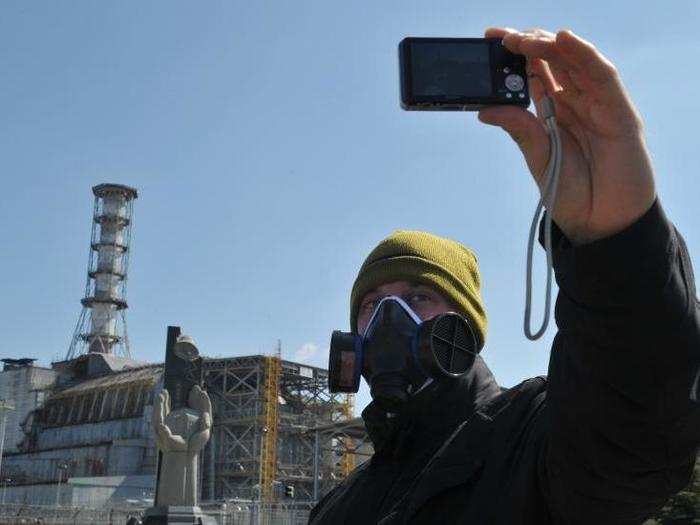
An entry from a team of British designers introduced the concept of a sliding arch that could be moved over the sarcophagus (and the reactor).
The Ukrainian government approved that design in 2004, and awarded the contract to build a sliding arch to Novarka, a French consortium of two construction groups.
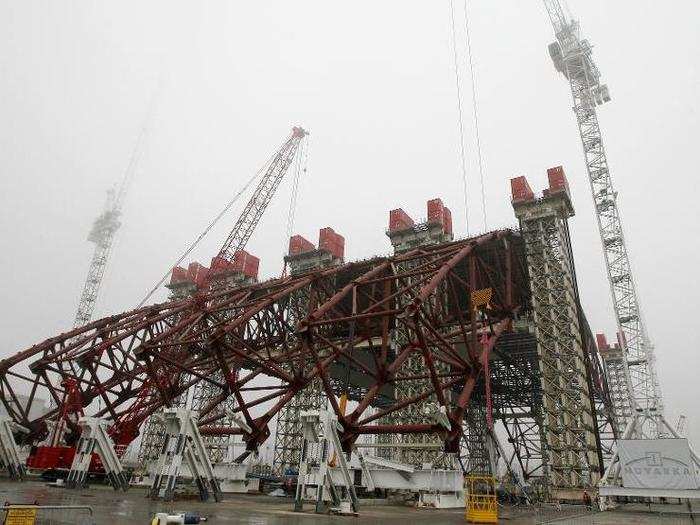
The 32,000-ton outer shell would come to be called the New Safe Confinement structure. The French team opted to build the structure more than 980 feet away from the reactor, then move it on-site once it was finished.
At the same time, the sarcophagus was running into structural problems. The roof was putting too much weight on the reactor walls.
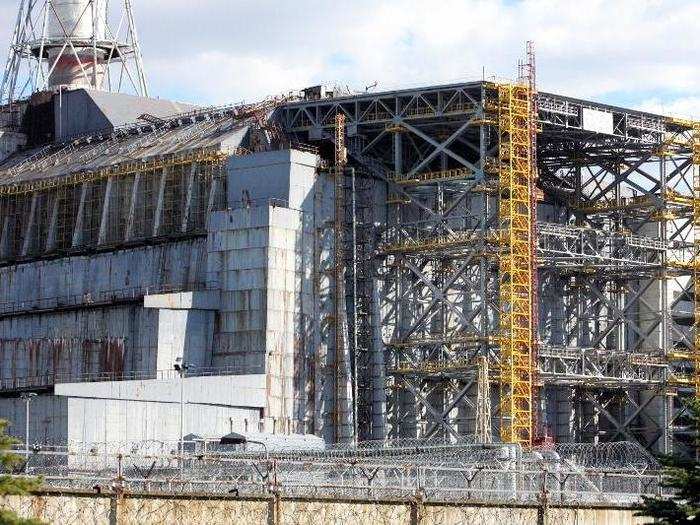
Workers installed scaffolding to bear some of the weight. By 2008, most of the roof was held up by a steel buttress.
The new structure is designed to last for 100 years.
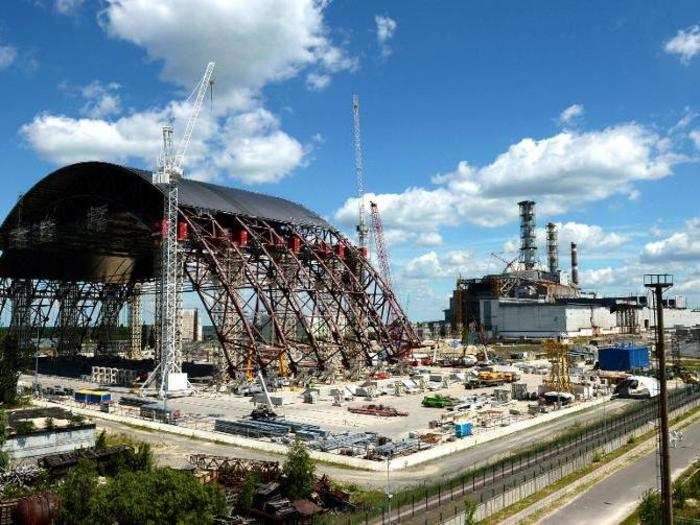
Its parts were assembled in Italy, then delivered to the construction site via 18 ships and 2,500 trucks.
Construction began in 2010, and the basic framework was put in place by 2014.
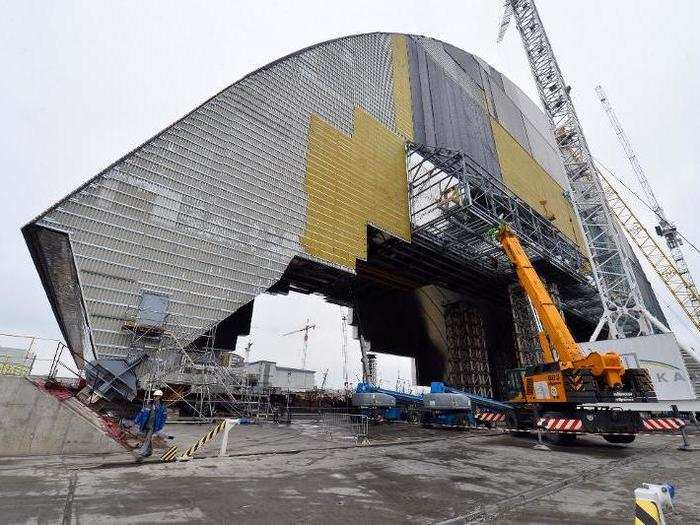
After the framework finished, the interior of the shell was built from 2014 to 2016.
The completed shell was rolled into its final location in November 2016.

At that point, it became the largest land-based object ever moved by humans.
Construction took another three years to finish, since workers had to limit their hours to avoid radiation exposure.
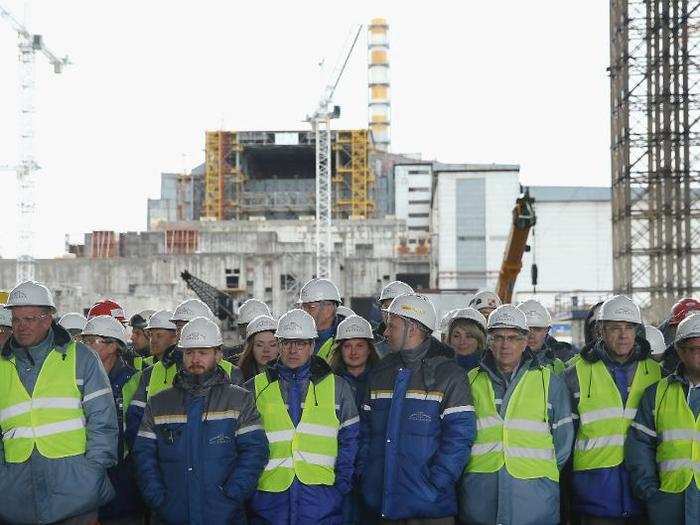
The structure was revealed to the public in July 2019.
A few weeks after the shell was finished, experts revealed that the sarcophagus had a "very high" probability of collapse.
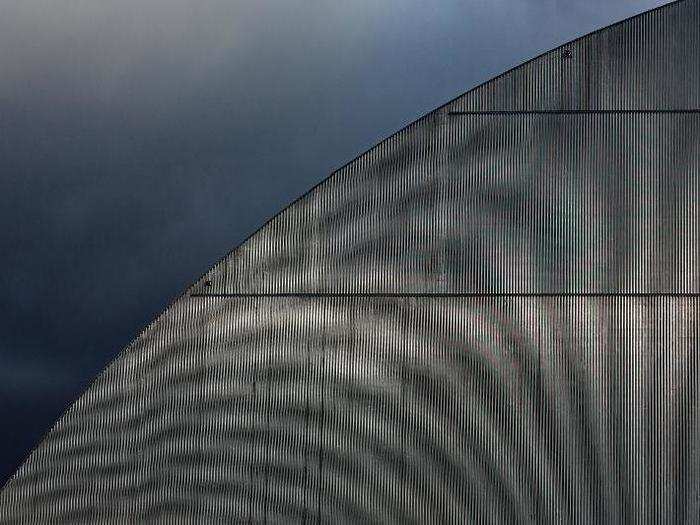
On July 29, the Ukrainian company that manages the Chernobyl plant, SSE Chernobyl NPP, signed a $78 million contract with a construction company to take the sarcophagus apart by 2023. Only gravity had been keeping the structure tethered to its supporting blocks, the company said.
Now, construction workers will have to reinforce the sarcophagus again while its parts get disassembled.
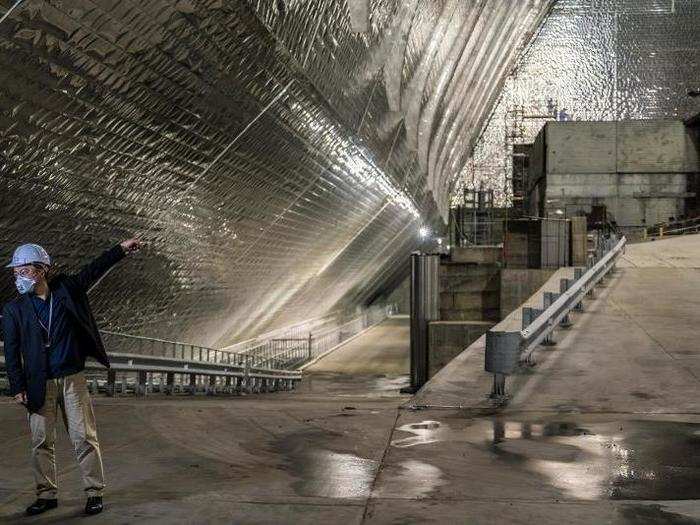
The pieces will be cleaned and shipped off for recycling or disposal.
"The removal of every element will increase the risk of shelter collapse that in turn will cause the release of large amounts of radioactive materials," SSE Chernobyl NPP said in a statement.
Once the sarcophagus is torn down, workers will begin the gargantuan task of cleaning up radioactive waste.
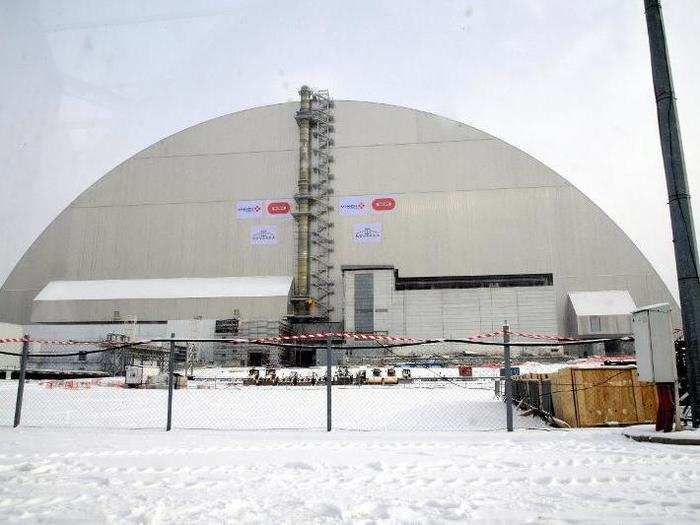
The process will involve vacuuming radioactive particles and clearing out the "lava" mixture that formed when Soviet workers dumped sand, lead, and boron into the burning reactor.
These efforts are expected to last through 2065. By that time, scientists estimate that radiation from the accident will have led to more than 40,000 cases of cancer.
Popular Right Now
Popular Keywords
Advertisement